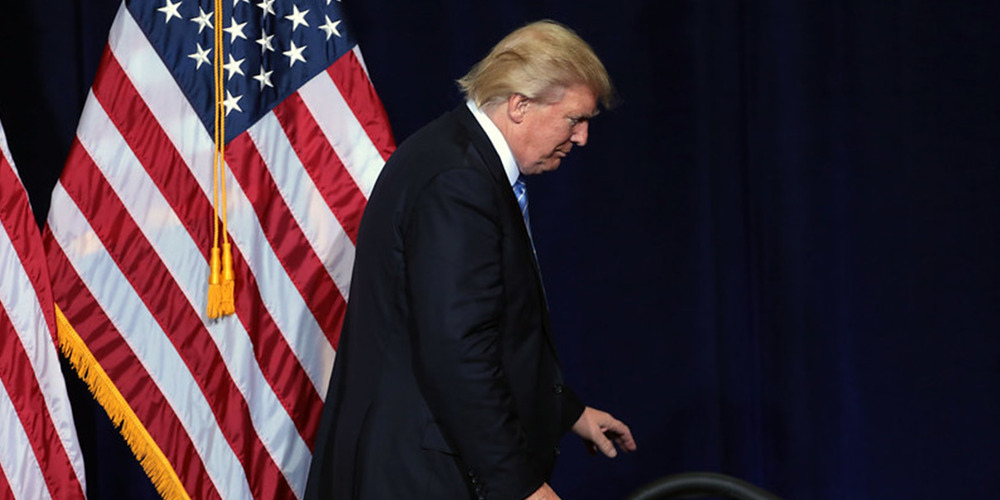Since President Donald Trump announced the establishment of a US sovereign wealth fund in February 2025, it has fuelled both expectations and controversies. Calls for a formal, legislatively grounded US SWF have circulated, with experts pointing to examples like Norway’s Norges Bank Investment Management.
An SWF is a state-owned investment fund that manages a country’s financial assets, typically derived from surplus reserves, natural resource revenues or trade surpluses. These funds are generally managed by a country’s ministry of finance, a central bank or a specialised government agency.
But under Trump, America is carving an alternative SWF path – one that is distinctly bottom-up, ad hoc and industrial strategy-driven, using sovereign capital not for national savings but as an instrument for strategic investments. Far from displacing private capital, it is increasingly proving to be a powerful ‘crowd in’ catalyst for public-private investment partnership.
Catalysing public-private partnership
Nowhere is this more evident than in the Department of Defense’s $400m equity investment in MP Materials , the only rare earth producer in the US. Under the Defense Production Act, the Pentagon is becoming MP Materials’ largest shareholder, with a potential 15% stake and long-term offtake agreements to buy 100% of the magnets made at the company’s new facility.
This investment enables the US to secure critical mineral flows, countering China’s dominance in this field. The DoD’s commitment has attracted $1bn in private financing from JPMorgan Chase and Goldman Sachs to build MP’s new ‘10X’ magnet manufacturing facility in Texas. Wall Street followed because the US investment de-risked the project by guaranteeing procurement and revenue certainty.
Similarly in March, the Trump administration announced the creation of a strategic bitcoin reserve, which was seeded with over $5bn bitcoin seized in law enforcement actions and will be supplemented by budget-neutral acquisition strategies.
The reserve has solidified the US’s position as the world’s largest state holder of bitcoin, with estimates placing federal holdings at about 200,000 as of March 2025. Such holdings could serve as a foundation for a US-led digital currency architecture, at a time when the landmark legislation of the Genius Act for stablecoins was recently passed to clear the legal hurdles for a decentralised digital dollar development.
TikTok provides even more drama. A series of executive orders from Trump granted the TikTok app a reprieve from the a ‘sell-or-ban’ demand till mid-September, and the US SWF may emerge as a major shareholder of TikTok. As in the Nippon Steel acquisition of US Steel, the US ownership in TikTok may take the form of ‘golden shares’, which grant the government veto power over key corporate decisions.
Comparisons with other advanced economies
While unconventional on the face of it, this emergent US SWF strategy, at each transaction level, bears striking resemblance to the strategic investing behaviour of other advanced economies, such as Germany’s use of its state-owned development bank KfW. For instance, the 50Hertz transaction in 2018 saw KfW orchestrate an investment to prevent China’s State Grid Corporation from acquiring a stake in a critical utility infrastructure.
Furthermore, it is the general practice of global SWFs to seek both strategic industrial promotion and financial returns in their investments – ‘double bottom-lines’, a term coined by the Ireland Strategic Investment Fund. The sovereign capital could avoid crowding out and unlock private capital when serving as a co-investment platform.
What sets the US approach apart is that the Trump administration’s SWF is not a single, centralised fund, but a decentralised, transaction-driven model. With multiple agencies leading strategic investments, this federated approach departs from traditional SWF orthodoxy.
Looking ahead
So what’s next for this decentralised (or federated) US SWF? Stargate, the $500bn artificial intelligence data infrastructure initiative led by Open AI and Softbank, could find the US SWF a perfect partner. The White House released ‘Winning the AI Race: America’s AI Action Plan’ in July, which includes directives to fast-track permitting for large-scale data centres and associated energy supplies.
But six months after Trump announced Stargate, this ambitious AI venture is reportedly struggling to get off the ground – and may even be scaled back, despite its $30bn a year, 4.5GW data centre partnership with Oracle. Because scepticism among investors remains high given the unprecedented scale, the addition of long-term US SWF investment could reduce perceived risk, making it attractive to private capital for co-investments.
A much bigger co-investment setup than even the Stargate venture would be the US–Japan Strategic Trade and Investment Agreement announced by Trump, under which Japan has pledged to invest $550bn to rebuild and expand core American industries, such as semiconductor manufacturing and research, as well as pharmaceutical and medical production. It could mark the beginning of the US SWF’s co-investment partnership with global sovereign fund peers.
Finally, as part of the US-European Union trade deal reached in July, ‘EU companies have expressed interest in investing at least $600 billion (ca. €550 billion) in various sectors in the US by 2029,’ according to the European Commission’s explanation.
While details remain unclear, and it seems that the EU contribution could be somewhat different from the Japan setup (more decentralised, for example), nevertheless the $600bn EU capital creates another huge contribution to Trump’s SWF construct, when pundits still question how a country like the US, which continually ran budget deficits, would be able to fund a SWF.
When putting all the pieces together, the Trump SWF is (surprisingly) shaping up – in an unconventional way. When the parts are added up, the US SWF is actually becoming what Trump said when signing the executive order: ‘I think in a short period of time, we’d have one of the biggest funds.’
Winston Ma is Executive Director of the Global Public Investment Forum and Adjunct Professor at NYU School of Law.
Image credit: Gage Skidmore
Interested in this topic? Subscribe to OMFIF’s newsletter for more.

